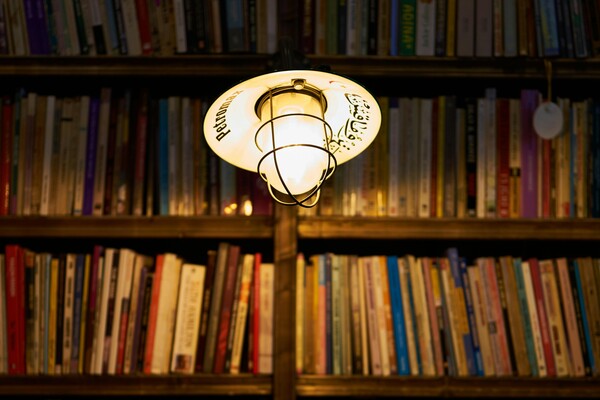Book recommendations by ABSW members
ABSW members are invited to suggest books, ideally written by science writers, that involve research into historical facts and characters.

Photo by Engin Akyurt/Pexel
Some historical science facts and characters remained underreported for a long time until a science writer, a journalist, or even a historian decided to write about them. Words about these science-related stories can be as mind-blowing and engaging (or even more) as novels and fully fictional books.
ABSW-L participants were invited to share some of their preferences and recommendations. But we can keep building this list with your suggestions and comments. (Please, use this form and provide at least the title and author.)
Article first published on 20 May 2025.
You must be logged in as a member to add comments.
Become a member
Already a member? Log in or create an account.